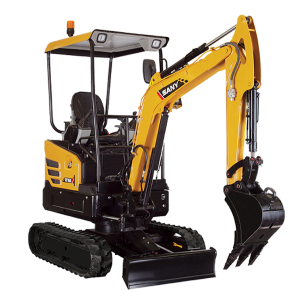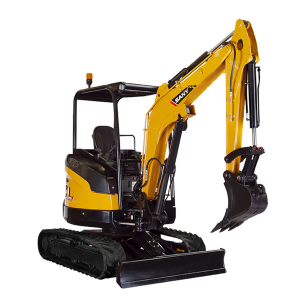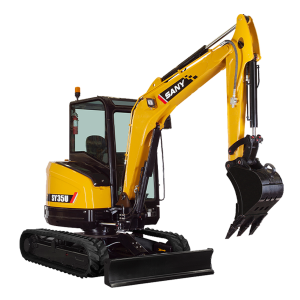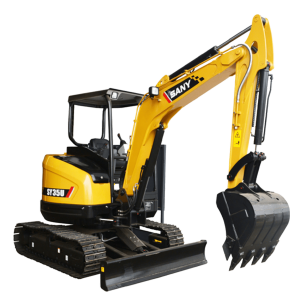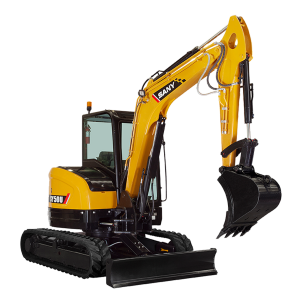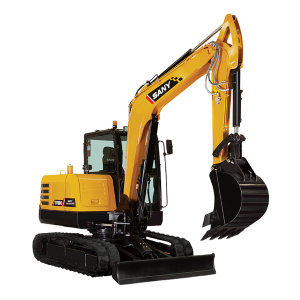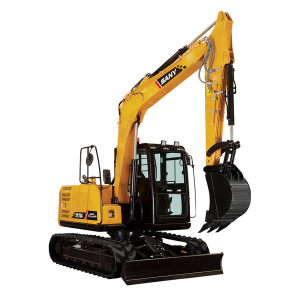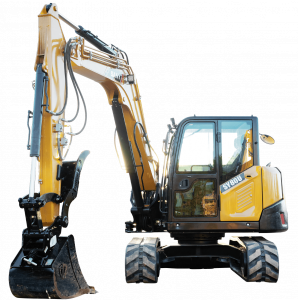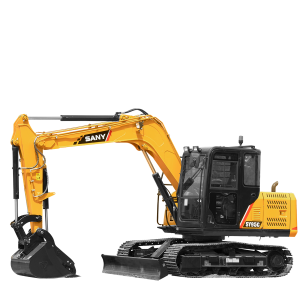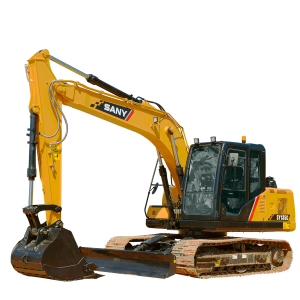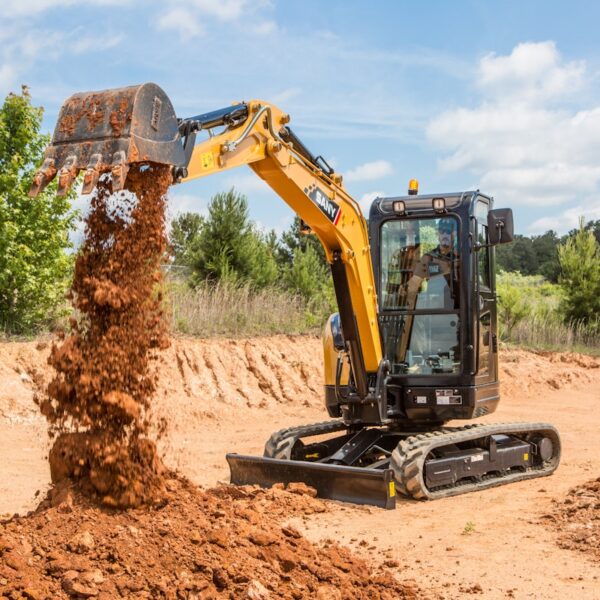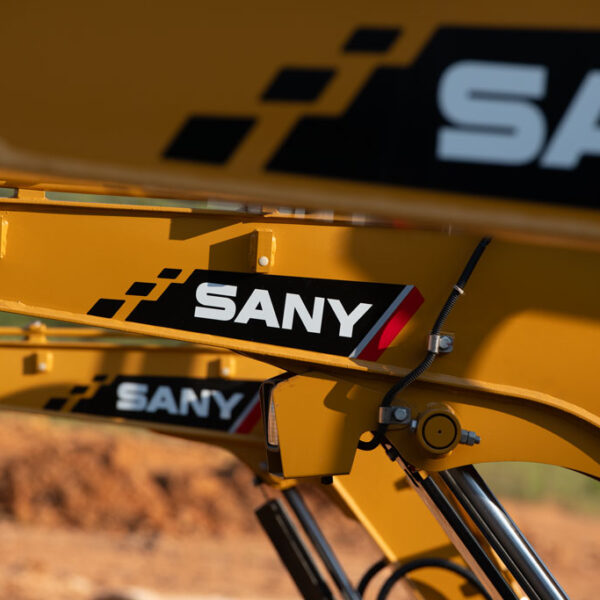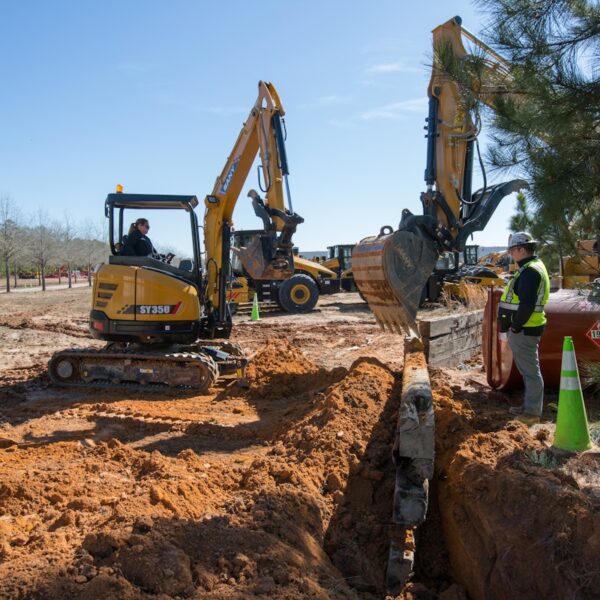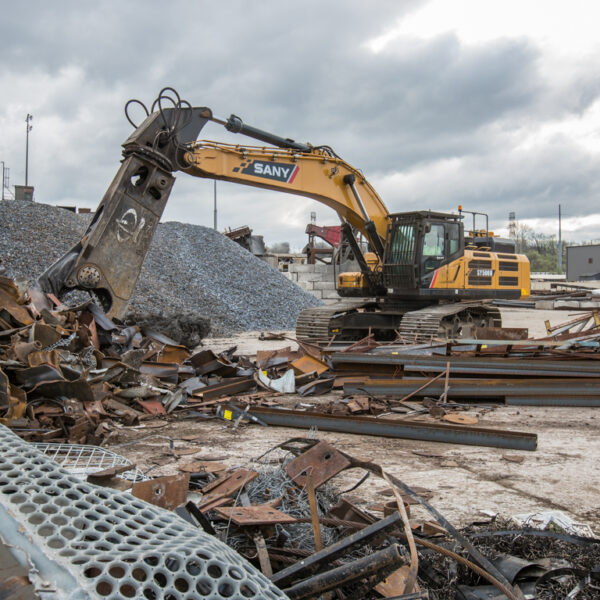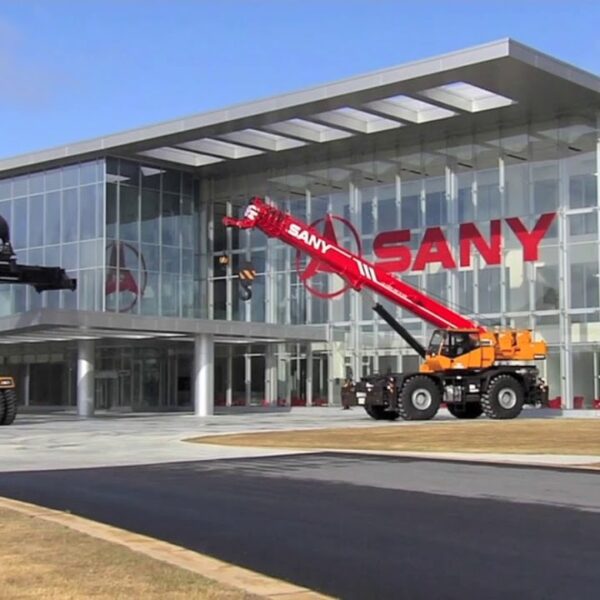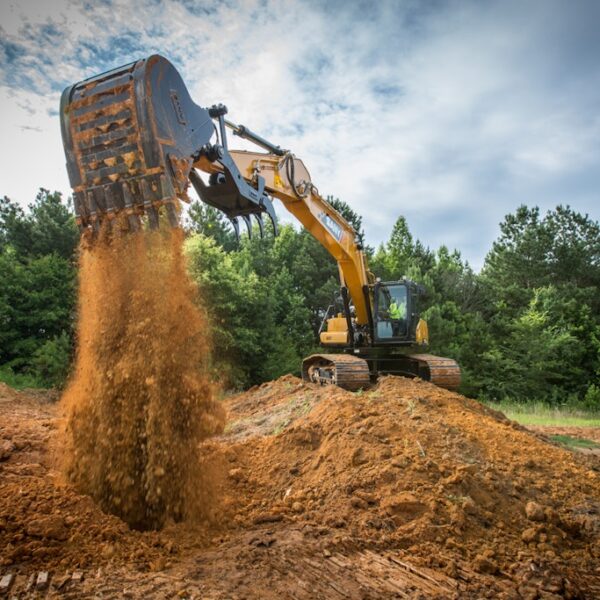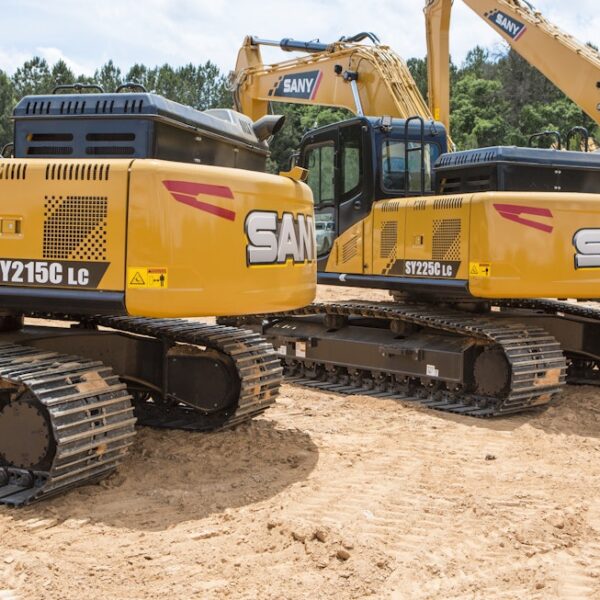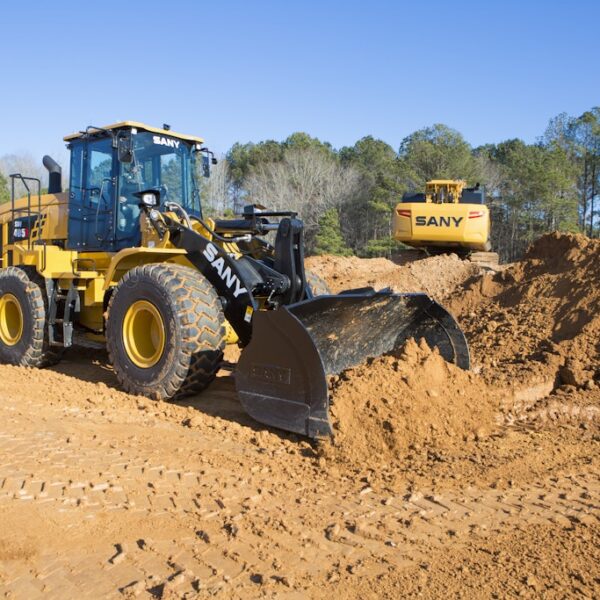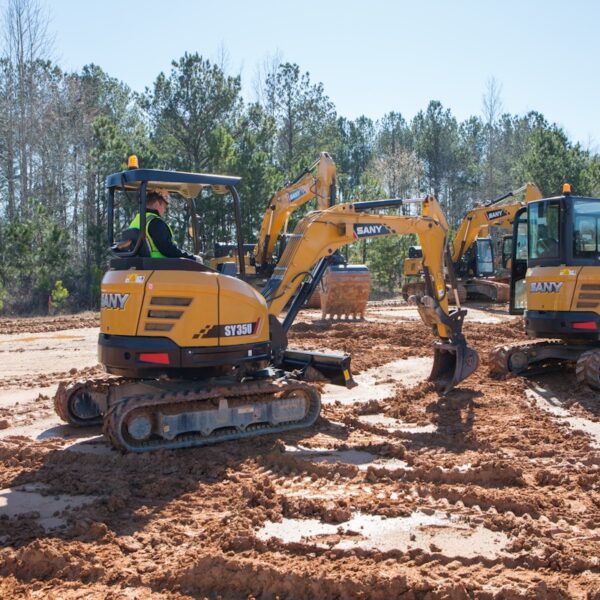It’s summer, and this particular summer has been one of the hottest on record so far. Heat waves can create serious obstacles to folks who work outside, but unless rebar is melting, most construction outfits go to work rain or shine, hot or cold. We understand that obligations must be met, and projects must get done, but heat illnesses could stand in the way of your productivity as a group and delay the work of your outdoor employees. We’re here to help keep that from getting in your way.
What causes heat illnesses?
Simply put, your body produces sweat in order to cool itself off through evaporation. When that evaporation isn’t happening efficiently, which can happen in high-humidity environments, or isn’t happening at all due to dehydration, heat illnesses can occur. These include heat stroke, heat cramps, exhaustion and even syncope (fainting). If not properly treated, some heat illnesses can be fatal, which is why education and preparation are imperative. Outdoor workers can develop heat tolerance but developing and maintaining that tolerance is a slow process and varies from person to person.
Start with Prevention
Your first action: Create a plan with your employees to keep heat illnesses at bay. If they haven’t been already educated, discuss with them the signs of heat illnesses, what causes them and what to do if a fellow worker is showing symptoms. As you’re creating this plan with them, be sure to account for as many factors as possible. Who will ensure that new or temporary workers are acclimating to the heat? What’s the plan if the National Weather Service issues a heat advisory? Have contingencies planned for anything that could go wrong and ensure that all your workers are aware of these policies. Designate one or more workers to monitor weather conditions and ensure that your plan is implemented.
Jobsite Safety
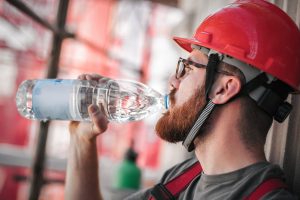
On the jobsite itself, you can avoid the issue entirely by changing the schedule. Naturally, the hottest times of the day, also known as peak sun hours, fall within regular working hours. Peak hours vary by location, so research what your peak hours are and schedule outside of them – most states average between 3–4 hours of peak sun. When they work in cooler conditions, your employees will be able to work more quickly and efficiently, and you have one less liability issue to worry about.
However, if you’re in a location that has over five hours of peak sun, shifting your schedule this much may be unfeasible. If moving your work time isn’t an option, you can ensure that yours is a safe worksite. Make sure that outdoor employees have everything that they need to deal with the heat. Ensure that they’re wearing clothing that is lightweight and loose-fitting, while also applying a broad-spectrum sunscreen to any exposed skin. All employees should have access to shade and cool water at minimum and be able to take breaks regularly. If you have new workers on-site, start them with shorter shifts to help them build their heat tolerance. If any of your workers are spending time operating heavy machinery, ensure that any cab air conditioning systems are working efficiently. If the machine does not have air conditioning, ensure that the workers will have adequate shade. Many of our fully loaded machines come standard with HVAC in their cabs, thus giving more protection to operators.
Heat illnesses are at best a headache and at worst a killer. But with your awareness and preparation, you can prevent injury and needless downtime. Hopefully, these tips can help you keep the heat from negatively impacting both the health of your employees and your business’s ability to execute. We hope you’ll stay safe out there. And if you’re interested in some of our HVAC-enabled SANY machines, contact us or visit us at our Lockport or Rock Tavern locations.
